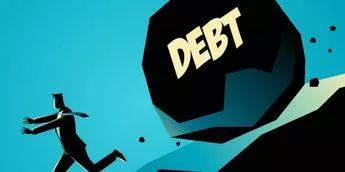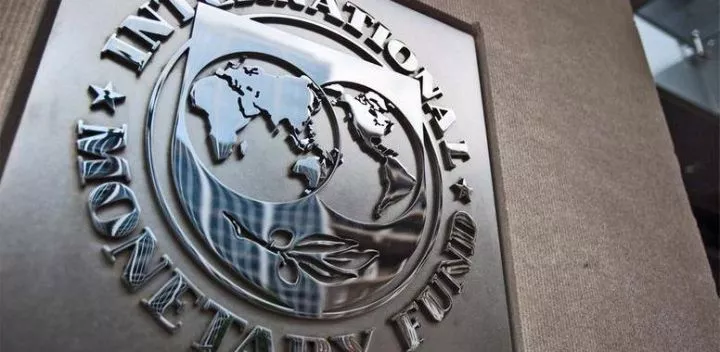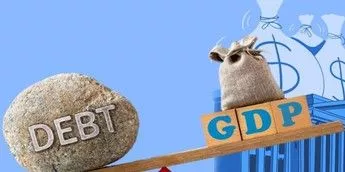
While foreign loans may be an effective tool for financing growth and filling short-term financial shortfalls, unregulated accumulation can sow the seeds of economic insecurity and impede long-term success. Unfortunately, this has been the case for several African countries. Debt servicing has been an economic nightmare for some countries on the continent.
While the magnitude of a country's debt is reason for worry, the most serious issue in this respect is the country's debt relative to its GDP.
A country that makes considerably more than it owes not only underscores sustainability but also enhances investor confidence as a result and, in the end, has little concern or face little to no economic complications when it comes to debt re-payment.
However, as in certain African nations, when debt is proportionate to GDP, the country risks experiencing an economic catastrophe.
The primary drawback of a high external debt-to-GDP ratio is the increased vulnerability it poses to external shocks and fluctuations in global financial markets.
In times of crisis, such nations may find themselves with limited fiscal maneuverability, forced to implement austerity measures, cut public spending, or seek bailouts from international financial institutions.
With that said, here are the African countries with the largest external debts based on the percentage of GDP, according to the International Monetary Fund.
| 1. | Cabo Verde | 93.25 |
| 2. | Mozambique | 65.54 |
| 3. | Rwanda | 60.19 |
| 4. | Angola | 52.91 |
| 5. | Lesotho | 46.8 |
| 6. | Ghana | 46.54 |
| 7. | São Tomé and Príncipe | 46.53 |
| 8. | South Sudan | 44.86 |
| 9. | Benin | 44.70 |
| 10. | Sierra Leone | 43.76 |

















Comments